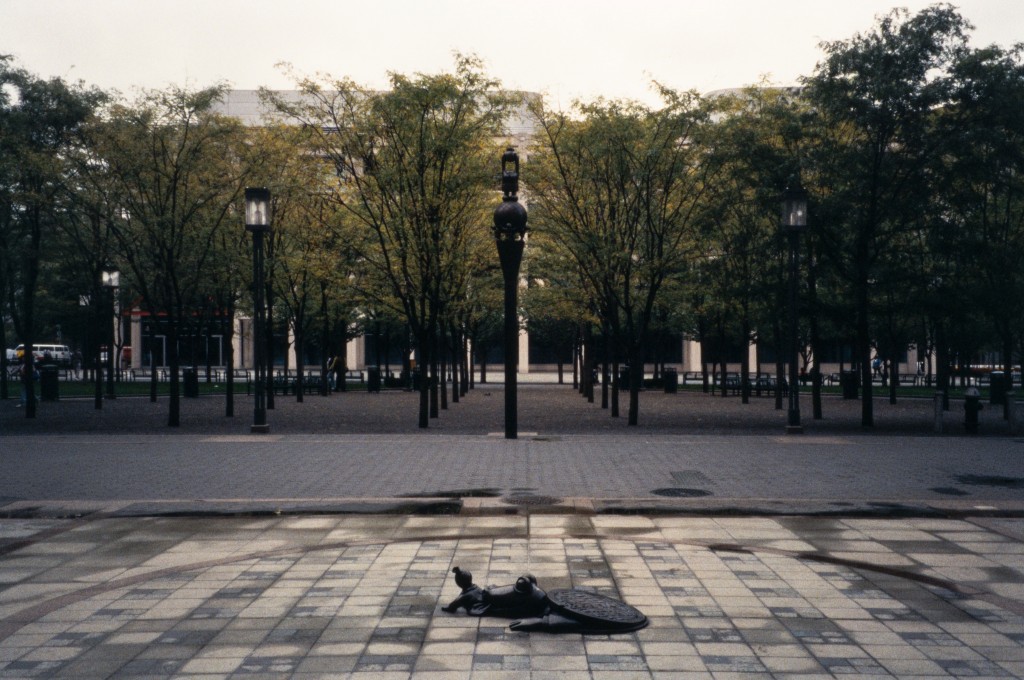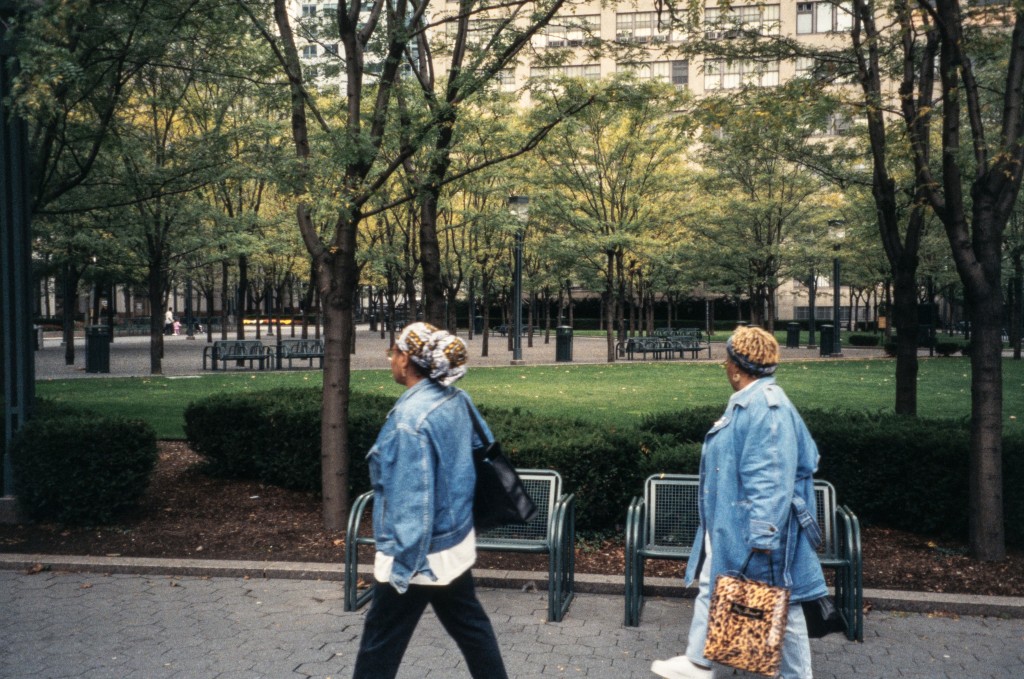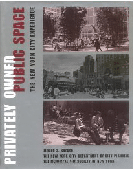
1 MetroTech Center
Although the borough of Manhattan has the lion’s share of New York City’s privately owned public space, it is not surprising that Brooklyn, where comparatively lower land prices and building densities make expansive public space more economically and physically feasible, has the largest single space. Bordered by Jay Street, Willoughby Street, Flatbush Avenue, Tech Place, and Tillary Street, the MetroTech Center development skillfully blends 3.3 acres of Commons and Public Areas with nine existing and proposed commercial and institutional buildings to create an attractive campus-like setting near the heart of downtown Brooklyn.

Although this urban renewal project replaced existing buildings, it has not wreaked havoc with the surrounding context. Unlike many large lot developments that prefer self-contained physical environments isolated from their urban neighborhood, MetroTech Center embraces permeability at its perimeter. Myrtle Promenade lives up to its name, a wide east-west spine ideal for promenading as it connects Jay Street and Flatbush Avenue. Fixed green wire-mesh bench seats and lushly planted areas displaying colorful flowers, ivy, and trees mark much of the route, making it as desirable to stop as to circulate. Two north-south corridors traverse Myrtle Promenade as they link Willoughby Street and Tech Place. The interior grid pathway scheme is sufficiently legible that first-time, as well as experienced, users have little trouble navigating to and within the 3.3 acres.
At the heart of the MetroTech complex is “The Commons,” a flat park-like space that borrows aspects of European and American landscape design. The numerous rows of symmetrically planted trees growing out of gravel surface recall the tree-filled, gravel-lined areas flanking the grand allées and major gathering points of eighteenth-century European city parks. At the same time, the absence of a formal fountain as focal point and the inclusion of well-groomed grass lawns are more suggestive of an American democratic design approach. The northernmost portion borrows from both, a hard surface rectangle that is both piazza with classical building to the east, or paved surface ready for ice hockey in winter and basketball in summer. Fixed green wire-mesh seat benches conveniently scattered about The Commons provide seating for everyone.
To enliven the space, MetroTech Center’s owner and the City’s Public Art Fund asked six artists living and working in Brooklyn to create art that responded to the environment. At a recent site visit, the work in evidence was heavy on urban mythology and symbolism. Near the entrance to Two MetroTech Center, for example, is a floor-level bronze sculpture, by Tom Otterness, of a manhole cover, slightly askew, out of which the proverbial sewer-dwelling alligator with huge eyes munches on a small man whose own head is shaped like a bag of money. Another Otterness sculpture at the edge of The Commons depicts a group of people at the top of a pole holding a globe on top of which is a woman holding her detached head. At the eastern lawn of the Commons is a sculpture pedestal, under which, rather than on top of which, are numerous little bronze men and women in business suits supporting the pedestal above their heads. In addition to the permanent art are temporary installations such as a miniature diving board emerging from the landscaping.
The Commons and Public Areas enjoys a healthy interaction among diverse academic, business, and neighborhood interests. Users include students, faculty, and staff from Polytechnic University, tenants of the commercial buildings, and residents and employees outside the immediate MetroTech Center family. Spaces of this size require a visible sense of security, and MetroTech Business Improvement District public safety vehicles visibly patrol the space. Although a sign announces hours of operation as 6:00 a.m. to 10:00 p.m., no record of City approval for anything less than 24 hours a day has been located.


 (5 votes, average: 4.60 out of 5)
(5 votes, average: 4.60 out of 5)